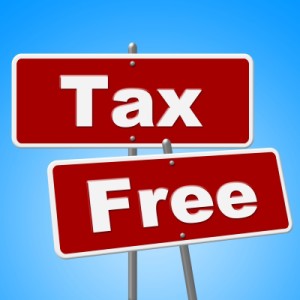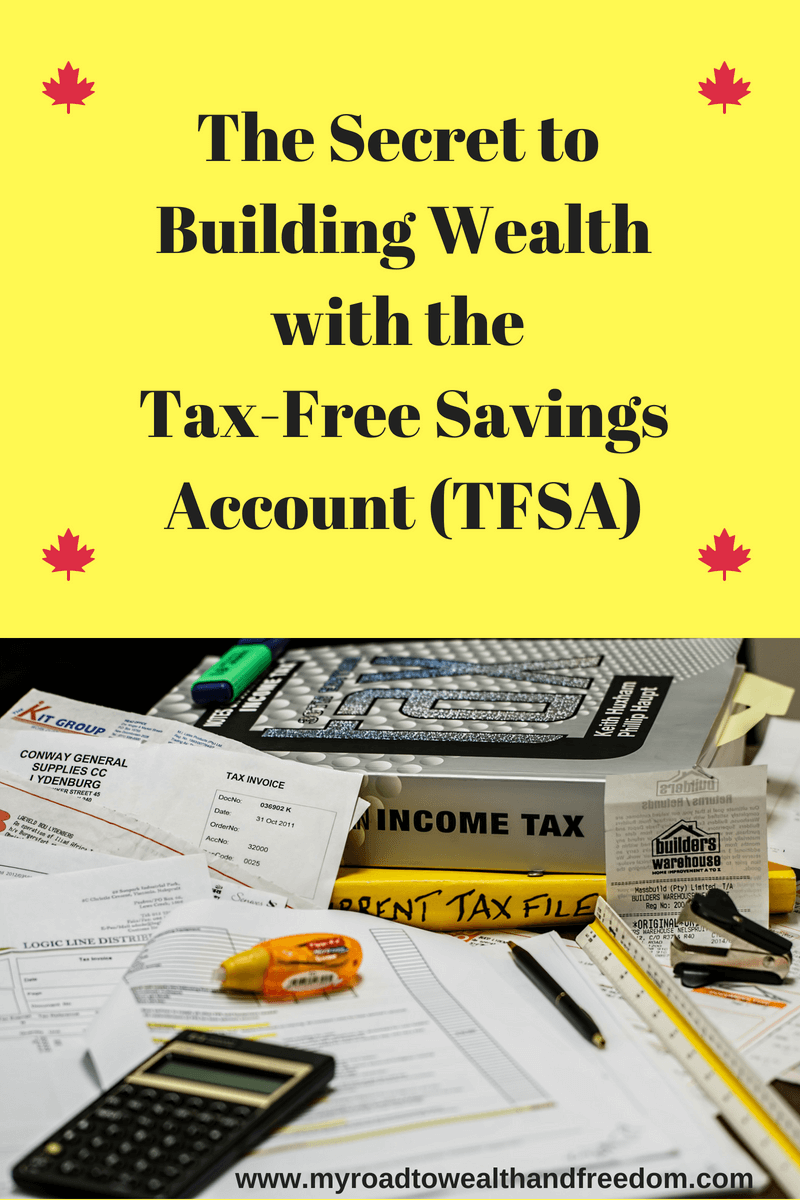Canadians quit being so boring with the Tax Free Savings Account (TFSA)! A few weeks back, I read somewhere that half of eligible Canadians haven’t bothered to open a tax-free savings account (TFSA) and of those who have, 75% of their money is parked in a savings account earning a measly 1%…Yikes! In my opinion, this is the wrong approach to saving and investing in a TFSA because it ignores some of the most compelling and attractive features that this account has to offer.
The tax free savings account truly is a gift from the government. Why so many people are squandering this golden opportunity to grow their money is beyond me. Part of the problem seems to stem from the confusion surrounding the contribution and withdrawal rules which govern the TFSA and, at a more general level, a lack of understanding among the majority of Canadians about the features of the account, such as, what types of investments may be held in it. Far from being a dull and boring savings account, the TFSA has the potential to become a powerful vehicle for growing your wealth.
What is a Tax Free Savings Account (TFSA) ?
The tax free savings account has been around since 2009 and allows people 18 years and older to save money on a tax-free basis throughout their lives. By far, the biggest issue that many people seem to have with their TFSAs, is that they find the rules governing contributions and withdrawals to be confusing. So let’s take a look at those rules to clear up some of the confusion.
It is important to mention at the outset that TFSA contributions are not tax-deductible as is the case with RRSP contributions. With a TFSA, a person accumulates contribution room annually and, most importantly, unlike an RRSP it is not based on his/her income. What’s more is that the government has stated that the contribution room will be indexed to inflation.
How Much Can I Contribute to a TFSA ?
From 2009-2012 contribution amounts were $5000 for each year. For 2013 and 2014 they were $5,500 each. In 2015 the Harper Government increased it to $10,000 and the Trudeau Government lowered it back down to $5,500 for 2016 and beyond. So, for example, if someone was 18 years of age or older in 2009, when the account was first created, and assuming that they did not contribute any money to a TFSA, they would have accumulated contribution room in the amount of $46,500 in 2016.
Tax Free Savings Account Rules
Where things really start to get confusing for people with TFSAs is when they are both making contributions and withdrawing money. The important thing to remember regarding withdrawals from your TFSA is that, if you have already maxed out your contributions, you must wait until the next calendar year to replace that money or face over-contribution penalties. So, for example, if you took out $5000 in November 2017, you would have to wait until January of 2018 to replace that money.
A nice feature about the tax free savings account is that any withdrawal from that account will be added to the following year’s contribution amount. So, in keeping with the example above, the $5000 withdrawn in 2017 will be added to the 2018 contribution amount of $5500 which means that you can put $10500 into the TFSA for 2018.
To avoid running the risk of facing over-contribution penalties, it is essential to track your contributions and withdrawals. Personally, I use an excel spreadsheet and have never had any problems. If you are unsure about your contribution room you can always access this information by logging into your account at the CRA or by calling them and requesting a “TFSA Room Statement,” but remember that it may not be up to date if you’ve made contributions or withdrawn money in the current year.
TFSA Is More Than Just A Boring Old Savings Account!
What many people don’t realize is that TFSAs are simply a type of account in which you can hold a variety of investments. Most people have their TFSA set up as though it is just another savings account, but you can open a self-directed TFSA through Questrade that enables you to hold growth investments, such as, stocks, exchange-traded funds (ETFs) and low-cost mutual funds.
The beauty of the tax free savings account is that, if properly invested, it can give you compound growth completely tax-free. To achieve better returns than the 1-1.8% interest currently offered by savings accounts and GICs, you will need to open a self-directed TFSA through a discount broker and invest in growth assets, such as, stocks, ETFs or mutual funds. To really supercharge your TFSA, you can reinvest the distributions or dividends that you receive from your investments.
Some important things to remember about holding growth investments in a tax-free savings account is that, while capital gains are tax-free, if you were to sell an investment at a loss you would not be able to claim it as a capital loss on your taxes. Secondly, if you are making an “in kind” contribution into your TFSA by transferring securities (ie. stocks, ETFs or mutual funds) that are held in a non-registered account, there will be some tax implications to consider.
For tax purposes, the CRA regards any “in kind” transfer as you having sold the securities at their fair market value (FMV) at the time the contribution was made. So if you have a capital gain at the time of the “in kind” contribution, you must report it on your income tax return. Conversely, if you incur a capital loss at the time of the “in kind” contribution you are not allowed to claim it on your income tax return. It should also be mentioned that there are certain types of investments which are prohibited, such as, shares in a business in which you have more than a 10% interest.
Using the TFSA For Retirement
The tax free savings account also gives Canadians lots of flexibility as a long-term investment vehicle for retirement. For instance, assets held in your TFSA can be transferred into your RRSP and the tax refund generated by doing so could be put back into the TFSA if there is contribution room available for that year.
The TFSA is, therefore, an excellent option for retirement investing, both as a companion to an RRSP for higher income earners or as a stand-alone vehicle for lower income earners (since the CRA has stated that TFSA balances or any income received through that account will not impact old age security (OAS) or guaranteed income supplement (GIS) benefits, whereas RRSP income does affect those benefits).
As you can see, the tax free savings account (TFSA) offers many attractive features for long-term savers and investors, but it is up to you to take full advantage of it.
For more information about the TFSA, check out Gordon Pape’s Tax-Free Savings Accounts: How TFSAs Can Make You Rich on Amazon.
Or see my other TFSA article: How Anyone Can Become a TFSA Millionaire!
Also check out the CRA’s website.
Photo Credit: Image courtesy of Stuart Miles / FreeDigitalPhotos.net

